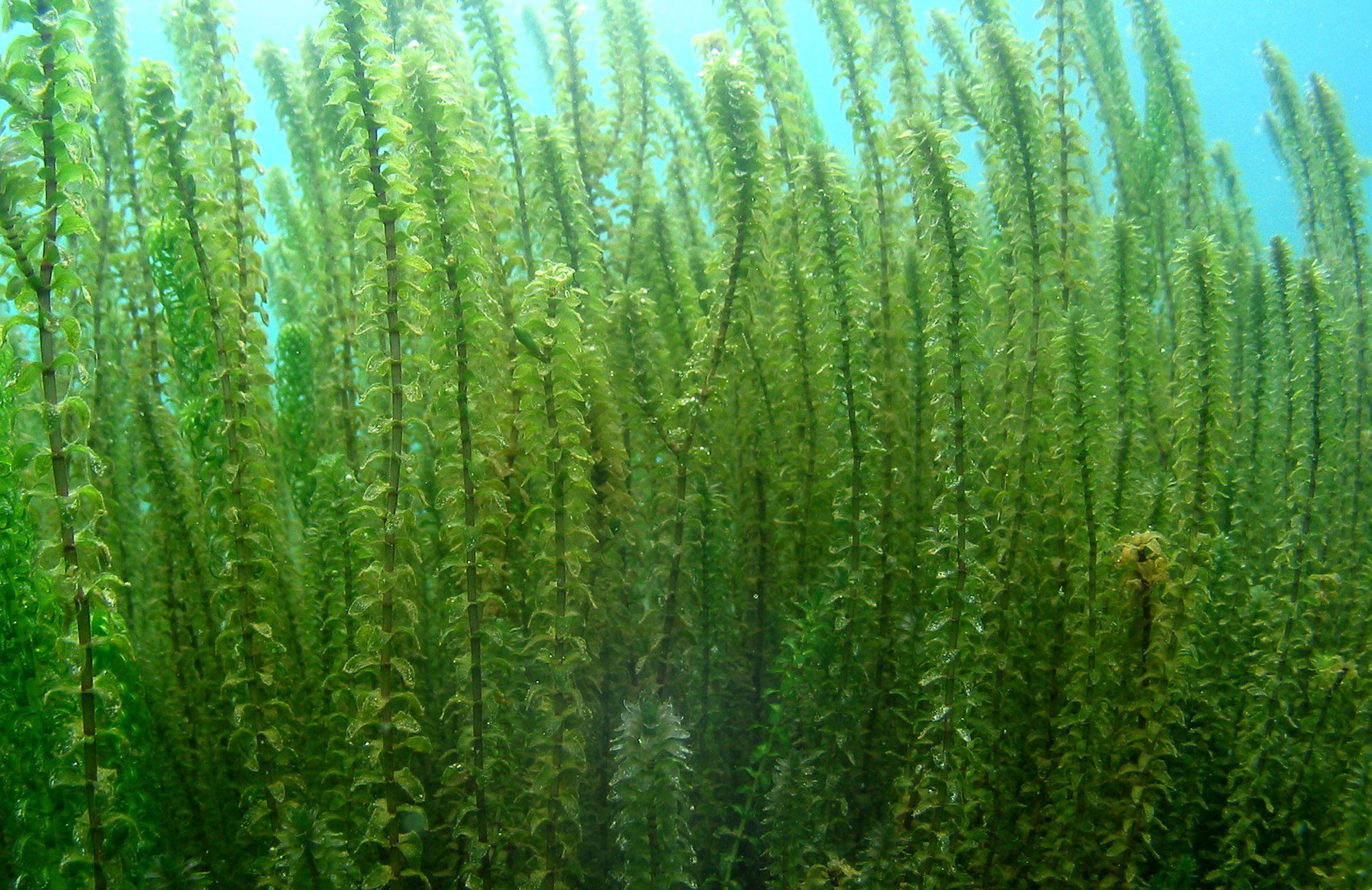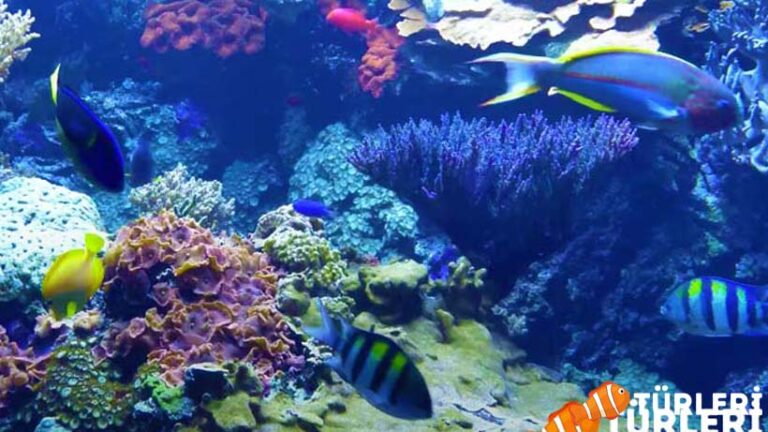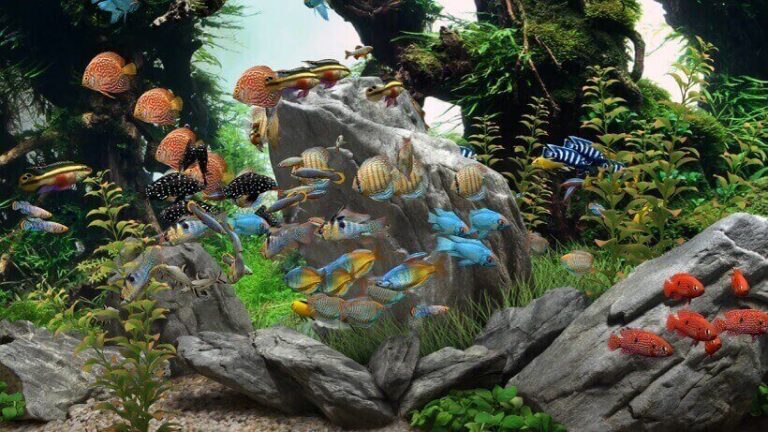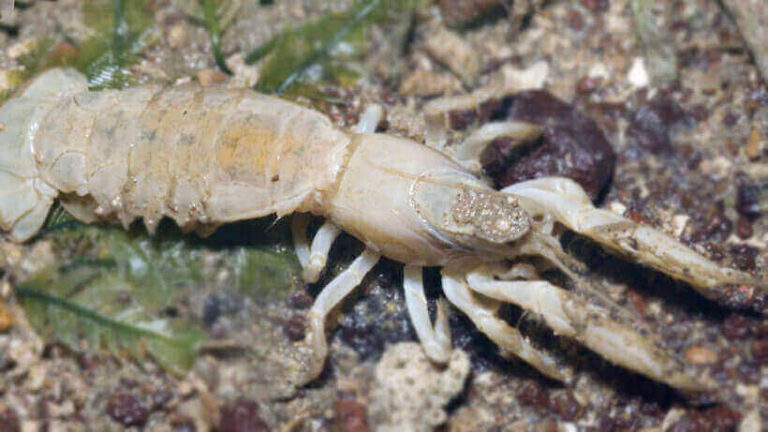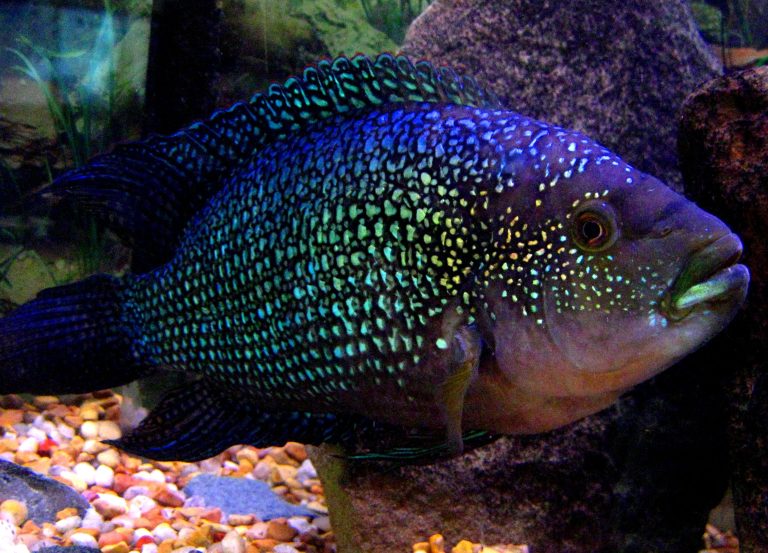Elodea: Elegant Plant of Aquariums
Elodea is an elegant underwater plant that we often come across in aquariums. So what is this plant, how to care for it and how to get the best results in the aquarium? Here is detailed information about elodea:
Origin and Distribution:
Elodea is a plant native to the fresh waters of North America. However, its ability to adapt has enabled it to spread easily in many places outside of North America. It is naturally found, especially in cold-climate regions. This spread has occurred both through natural means (such as through birds) and human activity (like its trade as an aquarium plant or accidentally being released into the wild).
Physical Features:
Thanks to its thin and flexible stems, Elodea can easily adapt to the movement of water. Its leaves are bright green and are generally arranged in sets of three in a spiral pattern around the stem. These leaves contain chloroplasts essential for photosynthesis. When examined under a microscope, it’s possible to observe the movement of these chloroplasts, allowing us to witness the photosynthesis process used by plants to produce energy.
Can Be an Invasive Plant:
Elodea’s rapid growth capability can pose a threat to some ecosystems. Especially when introduced to areas where it is not native, it can suppress native plant species and disrupt the balance of aquatic ecosystems. This can result in a decrease in oxygen levels in water sources and change the living conditions for native aquatic life. Therefore, caution should be exercised when releasing elodea into non-native water systems. In some regions, releasing elodea into water systems is illegal, and legal penalties can be applied for such actions.
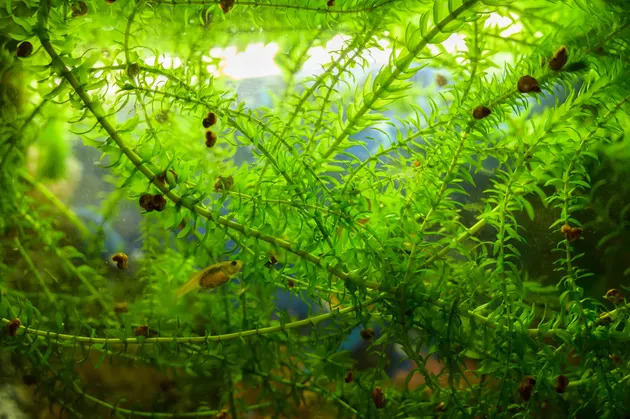
Care and Nuances of Elodea
Elodea is a popular plant choice for freshwater aquariums. The care for this plant is relatively straightforward, but it has specific needs for optimal growth and health.
Light Requirement:
- Elodea relies on light for photosynthesis. When the plant grows healthily, it produces bright green leaves.
- In environments with insufficient natural light, specially designed aquarium lights should be used for the plant. These lights provide the spectrum of light Elodea requires for photosynthesis.
- Avoid exposing the aquarium to direct sunlight, as this can lead to excessive water heating and can also encourage algae formation.
Water Temperature:
- Since Elodea originates from temperate regions, it prefers cooler waters.
- The aquarium temperature should be kept between 10-24°C, which is the ideal growth range for the plant.
- Outside this temperature range, the plant can become stressed, and its growth may slow down.
- Additionally, it’s essential to avoid sudden temperature changes, which can further stress the plant.
Nutrient and Mineral Requirement:
- For Elodea to grow healthily, it needs minerals and nutrients.
- Maintaining the pH balance of the aquarium water between 6-7.5 is ideal for Elodea. This pH balance means the water is neither acidic nor alkaline, optimizing the plant’s mineral absorption.
- Plant nutrient supplements, especially those containing potassium, nitrogen, and phosphorus, provide the nutrients Elodea needs. However, excessive nutrients can lead to algae formation in the aquarium. Therefore, it’s essential to adhere to recommended dosage instructions.
- Elodea also requires certain micronutrients like iron. If the plant’s leaves start to yellow, it usually indicates an iron deficiency. In such cases, adding a plant nutrient supplement containing iron can be beneficial.
In conclusion, when you meet Elodea’s basic needs, the plant grows healthily, adding aesthetic appeal to your aquarium. Proper care prolongs the plant’s life and can also have positive effects on other aquatic life in the aquarium.

Pruning Elodea and Key Considerations
Elodea is a popular choice among aquatic plants. However, there are some essential factors to consider during its care. Here’s a detailed explanation about pruning elodea and things to watch out for:
Pruning:
Why It’s Necessary: Elodea has a tendency for rapid growth. This swift growth can cause the plant to spread excessively within the aquarium, potentially harming other plants or fish.
How to Do It: You can prune by cutting the tips of long and overgrown stems with a sharp and clean pair of scissors. This helps the plant exhibit more balanced growth and achieve an aesthetic look.
Frequency: Depending on Elodea’s growth rate, it’s recommended to prune once a month or as needed.
Leaf Shedding:
Causes: Leaf shedding in Elodea usually stems from a lack of light, nutrient deficiency, or unsuitable water temperature.
Signs and Solutions: If the leaves are becoming pale or yellowing, consider providing more light or nutrients to the plant. Ensure the water temperature remains within the ideal range (10-24°C).
Prevention: You can prevent such leaf shedding issues by regularly checking and adjusting the aquarium conditions as necessary.
Releasing into Natural Waters:
Risks: Releasing Elodea into natural water sources can cause the plant to spread rapidly and potentially overpower native plants.
Consequences: This can disrupt the balance of the ecosystem and can negatively impact the quality of the water source.
Prevention: It is prohibited to release Elodea into natural waters in many regions. If you wish to dispose of Elodea, it’s best to compost the plant or consult local waste management for appropriate disposal.
Elodea not only helps create an aesthetic atmosphere in an aquarium but also has specific care requirements. With regular pruning and proper care, this plant can add beauty and vitality to your aquarium for years. However, for the sake of preserving the natural environment and ecosystems, it’s crucial not to release such plants into natural waters.

